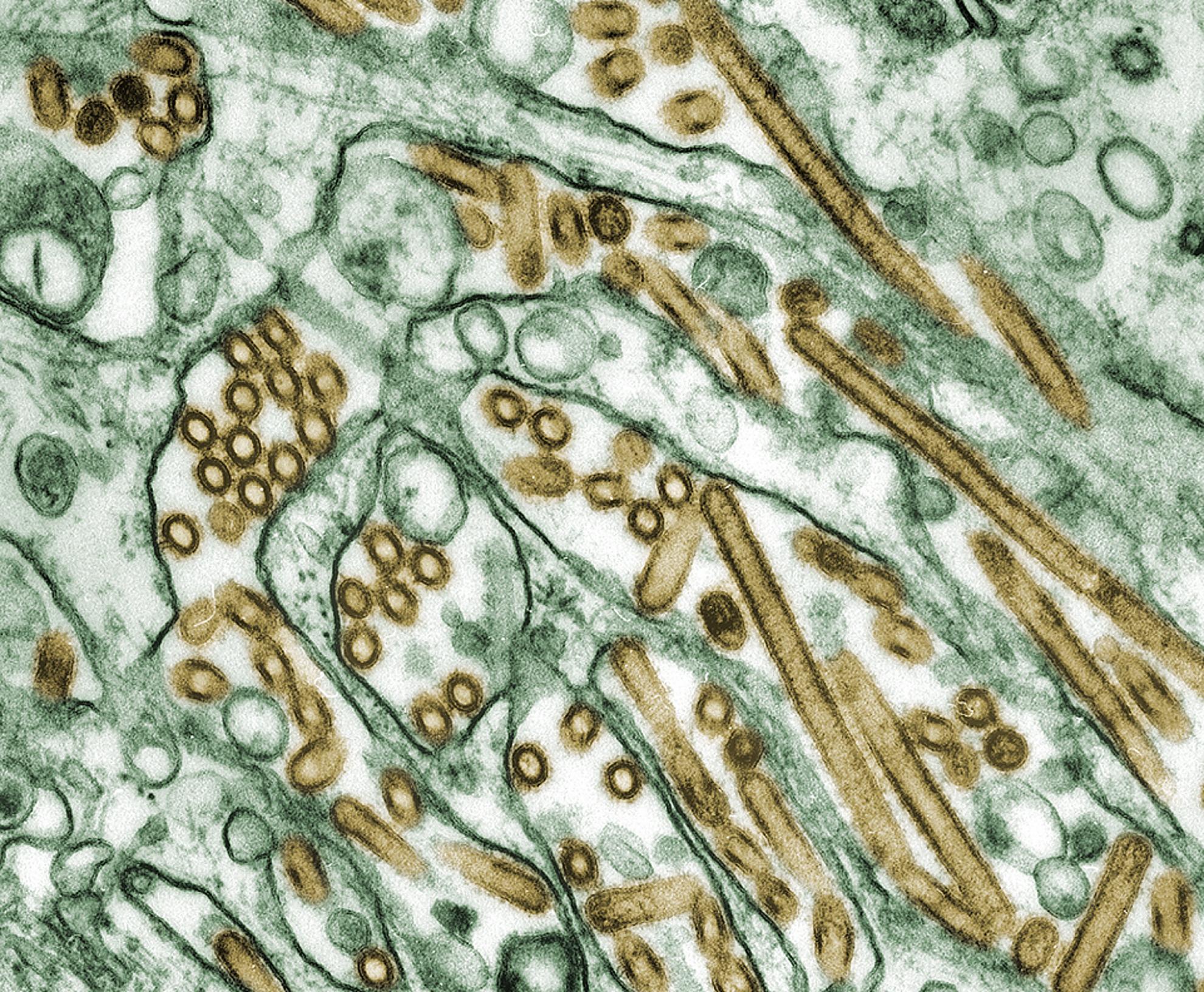Heterogeneous pathological outcomes after experimental pH1N1 influenza infection in ferrets correlate with viral replication and host immune responses in the lung
The swine-origin pandemic (p) H1N1 influenza A virus causes mild upper-respiratory tract disease in most human patients. However, some patients developed severe lower-respiratory tract infections with fatal consequences, and the cause of these infections remain unknown. Recently, it has been suggested that different populations have different degrees of susceptibility to pH1N1 strains due to host genetic variations that are associated with inappropriate immune responses against viral genetic characteristics. Here, we tested whether the pathologic patterns of influenza strains that produce different disease outcomes in humans could be reproduced in a ferret model. Our results revealed that the severities of infection did not correspond to particular viral isolate and were not associated with the clinical phenotypes of the corresponding patients. Severe pathological outcomes were associated with higher viral replication, especially in alveolar areas, and with an exacerbated innate cellular immune response that was characterised by substantial phagocytic and cytotoxic cell migration into the lungs. Moreover, detrimental innate cellular responses were linked to the up-regulation of several proinflammatory cytokines and chemokines and the down-regulation of IFN alpha in the lungs. Additionally, severe lung lesions were associated with greater up-regulations of pro-apoptotic markers and higher levels of apoptotic neutrophils and macrophages. In conclusion, this study confirmed that the clinicopathological outcomes of pH1N1 infection in ferrets were not only due to viral replication abilities but also depended on the hosts' capacities to mount efficient immune responses to control viral infection of the lung.
